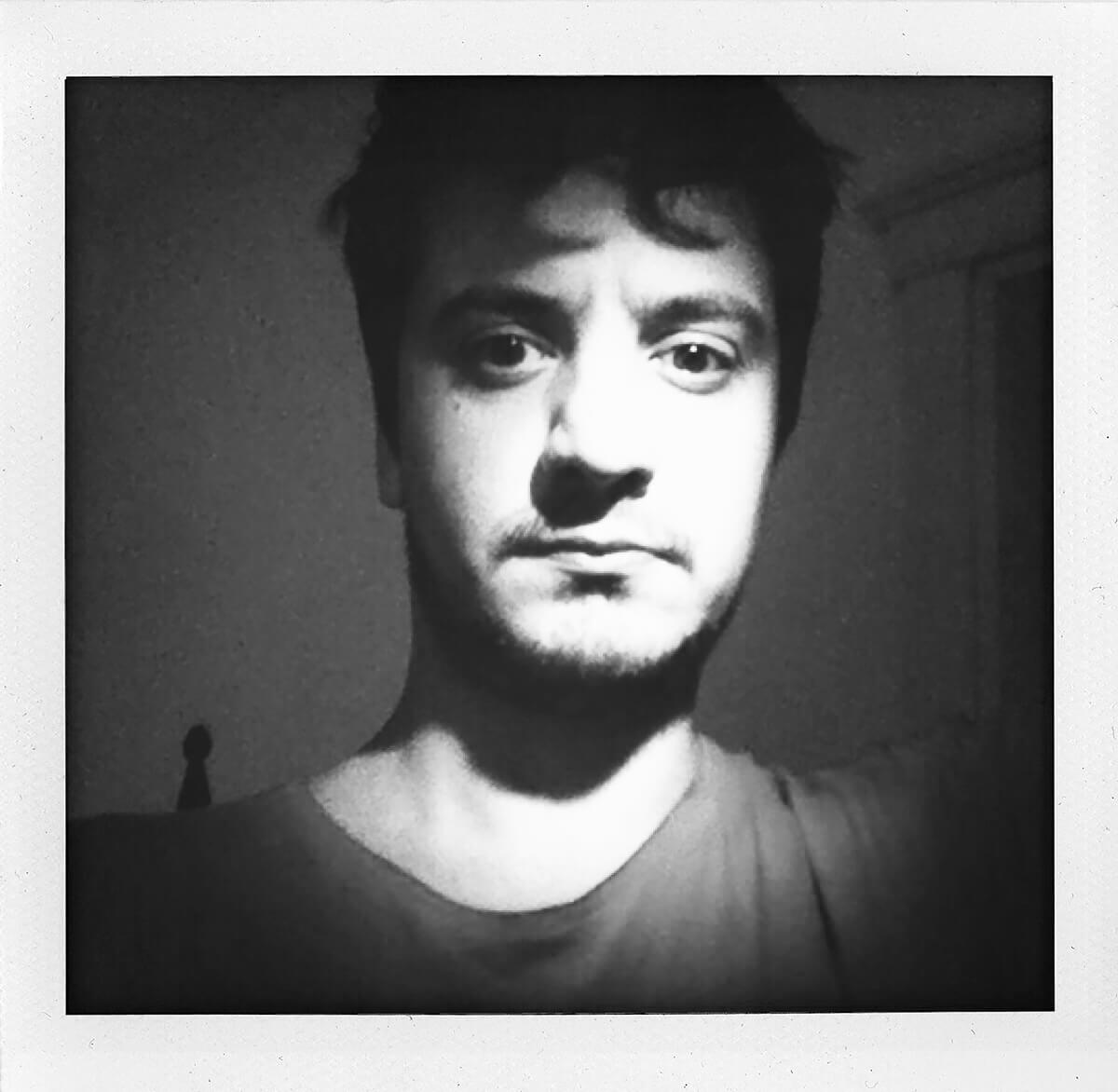Sevinçli’s images are highly personal, subjective and dreamlike, in which place and time are uncertain, redolent instead of a deeply felt vision of the world. His fleeting images of everyday life have an air of timelessness about them. Aesthetically and formally they manifest Sevinçli’s respect and deep engagement with the history of photography.
Yusuf Sevinçli earned a bachelor’s degree in communications at Marmara University (Istanbul) in 2003, and attended a Masterclass dedicated to documentary photography in Sweden in 2005. From that moment on, he started building his own work through different series which include Good Dog (2012), Marseille (2014), Walking (2015) and exhibited in several solo and group shows in Le Botanique (Brussels, Belgium), Galerie Les Filles du Calvaire (Paris, France), Arter (Istanbul, Turkey), Angkor Festival (Angkor, Cambodia), Istanbul Modern (Istanbul, Turkey), Gallery Boavista (Lisbon, Portugal), Atelier de Visu (Marseille, France), Elipsis Gallery (Istanbul, Turkey), Rencontres d’Arles (Arles, France). One of his latest series ‘Dérive’ has been presented in several places in France, such as La Filature in Mulhouse, Le Château d’Eau in Toulouse, L’Atelier, Nantes as well as in Moscow during the city’s Biennal of Photography in 2016. He lives and works in Istanbul.
Published books; Good Dog (Filigranes Editions, 2012), Marseille (le bec en l’air, 2014), Walking (Filigranes Editions, 2015), PUT (Fail Books, 2017).
Source: Galerist
Discover Oculus